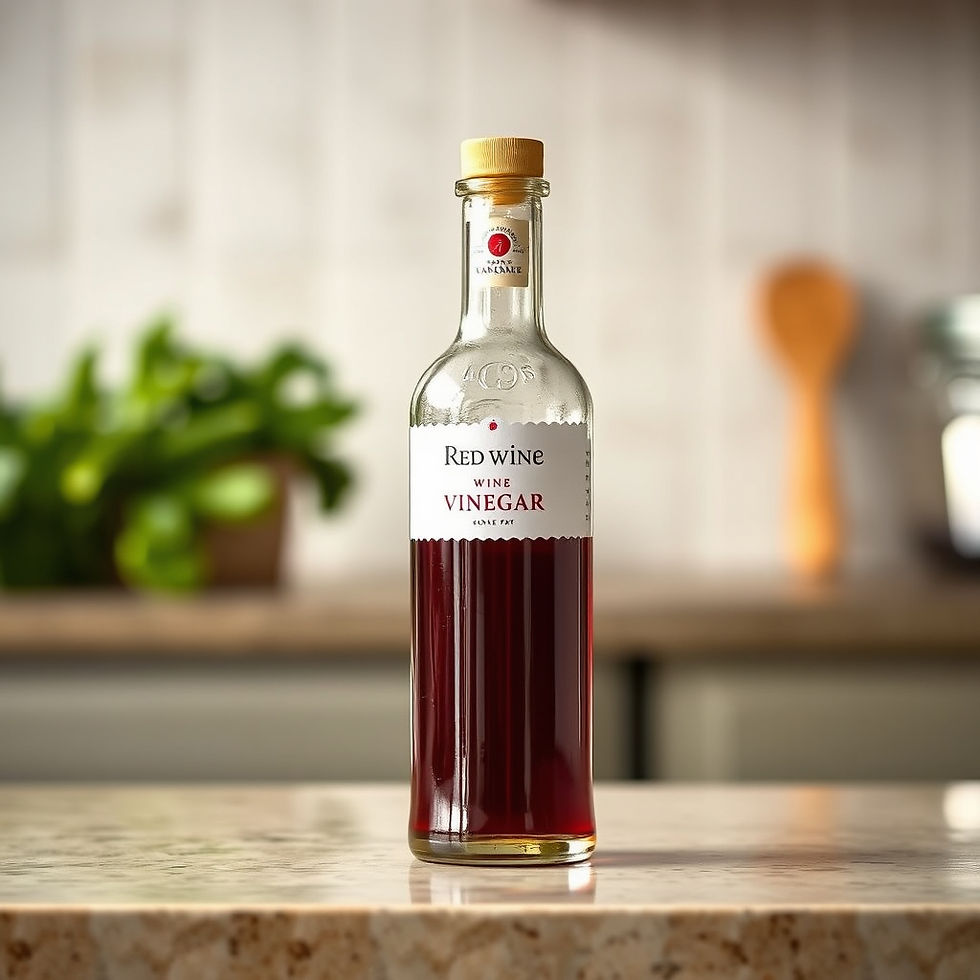What Is Tamarind Paste?
- The Chef & The Dish
- Sep 20, 2023
- 3 min read
A beautiful ingredient essential to several cuisines, tamarind paste imparts a unique flavor. But what is it exactly, and what does it add to your culinary creations?

What Exactly Is Tamarind?
Tamarind paste is a thick, tangy, and flavorful condiment made from the pulp of the tamarind fruit (Tamarindus indica). Tamarind is a tropical tree native to Africa but is also grown in various parts of Asia, Latin America, and the Middle East. The paste is a common ingredient in many cuisines around the world, especially in South Asian, Southeast Asian, and Middle Eastern cooking. Tamarind paste is made by extracting the pulp from the mature tamarind fruit. The fruit is pod-like and contains seeds surrounded by a fibrous pulp. To make tamarind paste, the tamarind pods are typically soaked in warm water to soften them. Then, the seeds and fibers are removed, leaving behind the tart, brown pulp. This pulp is then blended or processed into a smooth, thick paste.

What Does Tamarind Paste Taste Like?
Tamarind paste has a unique flavor profile that is characterized by its tartness and slightly sweet undertones. It is often described as tangy, sour, and fruity. The level of tartness can vary depending on the type of tamarind used and the processing method. Tamarind paste can be quite concentrated, so it should be used sparingly to avoid overpowering a dish.

How do I Use Tamarind Paste in Cooking?
Tamarind paste is used as a flavor component in a wide range of savory dishes, including curries, stews, soups, and sauces - Pad Thai sauce included. It has a tartness which adds a sour note, balancing other flavors. Adding a little paste can go a long way so when you begin using it, make sure to add a little, taste, and then adjust your flavors. But aside from using it in curries and sauces, there's a number of other ways to use this paste, as well.
Marinades:
Tamarind Paste is also wonderful as a marinade and great on meats, seafood, and vegetables. It helps tenderize the ingredients while imparting a tangy flavor.
Dipping Sauces:
Tamarind chutney is a popular condiment in South Asian cuisine. It often includes tamarind paste combined with sugar, spices, and sometimes other fruits, creating a sweet and sour dipping sauce.
Beverages:
Try some Tamarind paste to make a refreshing beverage like tamarind juice or tamarind soda. Dilute with water and sweeten to taste.
Are there any Health Benefits to Eating Tamarind?
In several Asian cultures in particular, Tamarind paste is not only valued for its flavor but also for its potential health benefits. It contains vitamins, minerals, and antioxidants. Some traditional medicinal practices use tamarind to aid digestion and soothe stomach discomfort.

How To Store Tamarind Paste
Tamarind paste is typically sold in jars or plastic containers. It should be stored in a cool, dry place and refrigerated after opening to prolong its shelf life. When properly stored, it can last for several months.
If you are looking for Tamarind paste for one of your cooking classes with The Chef & The Dish, your Kitchen Assistant can help you locate it at specialty markets near you. You can purchase it here.
ABOUT THE CHEF & THE DISH
The Chef & The Dish has chefs around the world that you video conference into your kitchen for a private 1:1 virtual cooking class. Learn how to make pasta with a chef video calling you live from Italy, Pad Thai with a chef virtually in your kitchen live from Thailand. Together you cook, share stories, laugh and make a multi course meal together. Rated 'Best Date Night,' 'Best Gifts,' and "Best Cooking Classes" by WSJ, Forbes, Vanity Fair, Martha Stewart, Rolling Stone and tens more. Transport your kitchen for the day.™





Comments